Mulberry Leaf Extract
#mulberry #anti-oxidant #anti-inflammatory
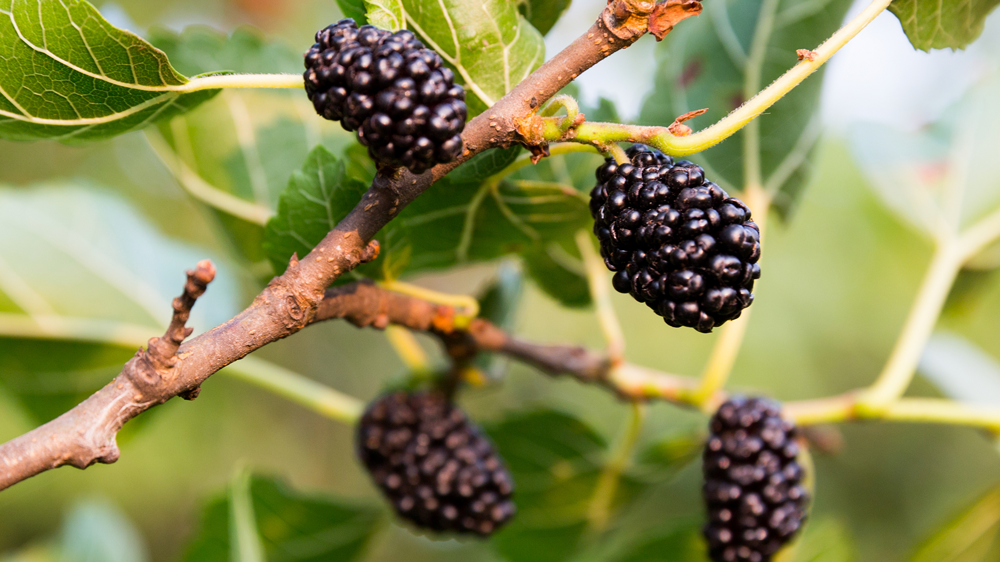
- INCI Name
- Morus Alba Leaf Extract
- IECIC Name
- MORUS ALBA LEAF EXTRACT
- Efficacy
- Brightening, Anti-aging, Anti-oxidant, Anti-inflammation
- Certification
-

Morus alba, known as white mulberry is widely cultivated to feed the silkworms throughout the world. There is a place called ‘Jam-sil’ located in capital city of Korea, which means where used to be planted so many mulberry trees to grow silkworms. The fruit is edible and is widely used in pies, tarts, wines, and cordials. In Traditional Korean and Chinese Medicine, the leaves are taken internally in the treatment of sore throats, colds, eye infections, and nose bleeds. It is also used as an anti-hyperglycemic to treat and prevent diabetes mellitus. Recent scientific studies showed that M. alba was effective in anti-oxidation and melanin inhibition, suggesting this medicinal plant might be used as a good natural ingredient for cosmetics. Also, a study suggested that mulberry leaf extract can be used as an anti-inflammatory agent to inhibit NF-κB mediated inflammatory response. The components of leaves are flavones, steroids, triterpenes, amino acids, vitamins, and other minerals.
- Recommended Product
-
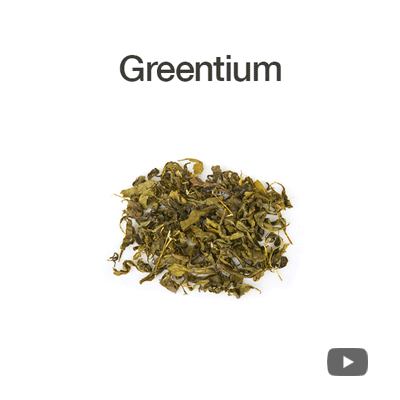 #green tea #well-aging #anti-aging Greentium
#green tea #well-aging #anti-aging GreentiumAspergillus/Camellia Sinensis Leaf Ferment Extract
-
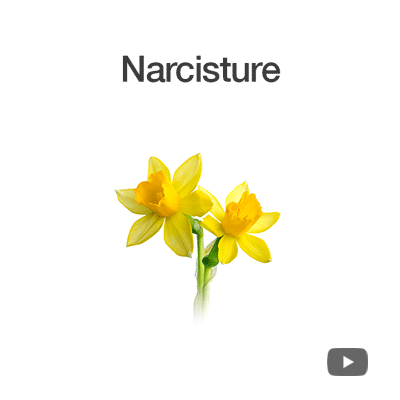 #narcisture #anti-inflammatory #skin moisturizing Narcisture
#narcisture #anti-inflammatory #skin moisturizing NarcistureNarcissus Tazetta Bulb Extract
-
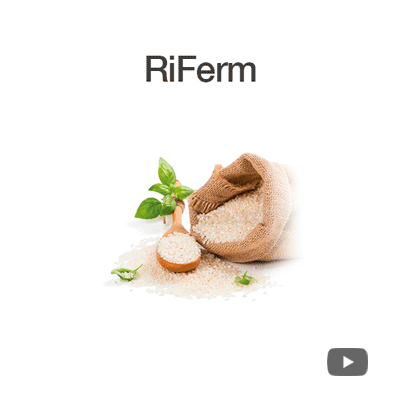 #rice #skin hydration #skin firming RiFerm
#rice #skin hydration #skin firming RiFermSaccharomyces/Rice Ferment Filtrate
-
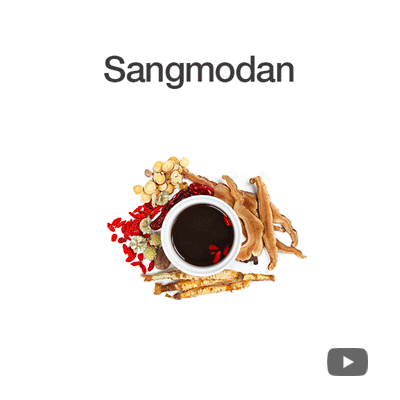 #11 TKM plants #anti-oxidant #hair growth Sangmodan
#11 TKM plants #anti-oxidant #hair growth SangmodanSophora Flavescens Root Extract, Capsicum Annuum Fruit Extract, Lycium Chinense Fruit Extract, Camellia Sinensis Leaf Extract, Angelica Gigas Root Extract, Angelica Dahurica Root Extract, Rubus Coreanus Fruit Extract, Morus Alba Root Extract, Pinus Palustris Leaf Extract, Lithospermum Erythrorhizon Root Extract, Polygonum Multiflorum Root Extract
- Product Inquiry






